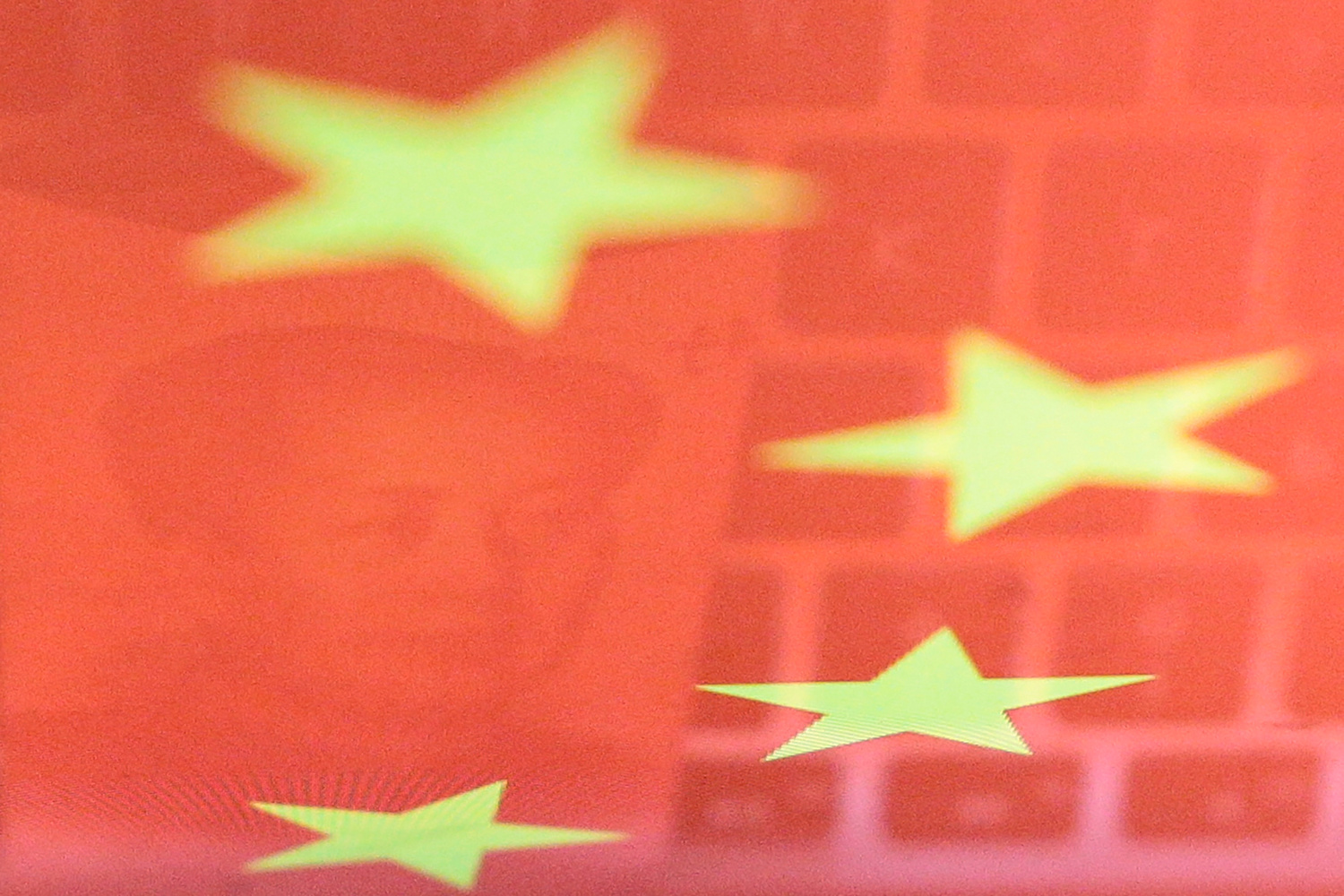(ATF) The digital yuan – known as the Digital Currency Electronic Payment (DCEP) system – is being rolled out across China, with a plan for the country to eventually go cashless. But it could also be a potentially huge change for global trade and commerce payments.
Warwick Powell, a fund manager at www.sistercitypartners.com.au, working in supply chains and blockchain’s www.beefledger.io since 2015 with a strong focus on China, explained to ATF how the new currency will function – not only in China, but globally, as a direct competitor to the US dollar-backed international financial system.
If a user has digital yuan on their device, Powell believes in theory it would be possible to use it for global trade.
“It’s ‘programmable’ money so it can be channeled for specific applications and uses, such as payments along a global supply chain,” Powell explained.
The currency could also be geographically-fenced digitally. But currently, as it is being rolled out, “the pilot [project]s so far suggest it will be first deployed to so-called small high-frequency payments,” he said.
“But what’s the difference in the future when mobility and instantaneous transactions driven ‘behind the scenes’ by smart contracts become reality? Two parties can authorise an activity and the payments are made between two corporate wallets.”
Though China says it is a blockchain-based currency, Powell does not fully agree.
Multi-layered for control & management
He said: “It’s not blockchain-based in the sense that the tracking of the currency is done centrally. However, it is a complex multi-layered infrastructure, some aspects of which are more decentralised than others. In this sense, it has hallmarks of ‘blockchain’ – if, by that, we mean some form of decentralised data and applications architecture.
“The PBoC [People’s Bank of China] is building a new system for DCEP issuance, [with] return, control and management, encoding and decryption, changes in ownership and other matters. Commercial banks will need to build out a DCEP infrastructure. This may have more explicitly blockchain-esque elements.
“Thirdly, we have the applications layer including B2B [business to business] and B2C [business to consumer] and C2C [consumer to consumer] interactions. New chains can be envisaged in this layer.”
A pressing question that many potential and future users of the digital yuan are concerned about is: Is the currency truly anonymous?
Powell said: “The short answer is yes and no. The data fields for DCEP [digital yuan] have an ‘owner field’. This field identifies the current owner of the DCEP, and can be anonymous to counter-parties, but it will correspond to the real user in the central bank’s back-end registry.
“This enables the PBoC to determine if the owner of the currency has the right to make transfers in the dual offline state.
“There are a broad range of other attributed data, so that the management application of the DCEP can be extended. Different agencies can set different attribute values, and only agencies with the right to view different data can decrypt it. With extended attributes, the DCEP becomes very much ‘programmable money’. For instance, it enables the PBoC to issue money to specified industry sectors, and not others; or for specific uses and not others.”
But peer-to-peer (P2P) payments can be made off grid and would essentially be anonymous.
“The loosely coupled nature of the DCEP enables a kind of anonymity for peer-to-peer transactions, because people can transact wallet-to-wallet where many transactions details can be eliminated. But – and here’s the centralised twist – DCEP is programmable so a wallet can be frozen, suspended or deactivated or a transaction reversed by a central authority.”
As the picture of what the digital yuan is capable of, most especially becoming a rival to the SWIFT money transfer US dollar system currently used worldwide, it opens up a whole new financial landscape – with the caveat that it is completely under the power of the PBoC.
And as for current digital payment platforms, such as Alipay, Powell believes they will need to embrace the change.
“They will have to enable DCEP payments. Cost differentials between payment using DCEP and alternatives will determine the nature of impacts in the short-term. Mobile payments providers will adapt,” Powell said.
‘It won’t fully replace cash’
Meanwhile, the Bank of International Settlements published a report today, titled “Rise of the central bank digital currencies: drivers, approaches and technologies”, in which they predict that the digital yuan won’t fully replace cash – they expect it will only be a complementary facet of the currency.
There have also been concerns that the highly successful digitisation of cash by Alipay and WeChat Pay has artificially expanded the M2 money supply.
“In China, the introduction of a Central Bank Digital Currency (CBDC) should be seen in the context of a highly digitised economy and widespread use of private digital payment services,” the report said.
“The introduction of a CBDC in the world’s most populous country and second-largest economy may have far-reaching implications. In addition to providing a convenient complement to cash for use in online transactions, a CBDC would also bring more diversity to the current mobile payments duopoly of Alipay and WeChat Pay, which collectively control 94% of the market for mobile payments.
“If there is a decision to go beyond the current pilot stage, the DCEP will become a complement to M0, which includes banknotes and coins, as well as central bank depository accounts. [But] it is not intended to fully replace physical cash.”
With reporting by Umesh Desai
























